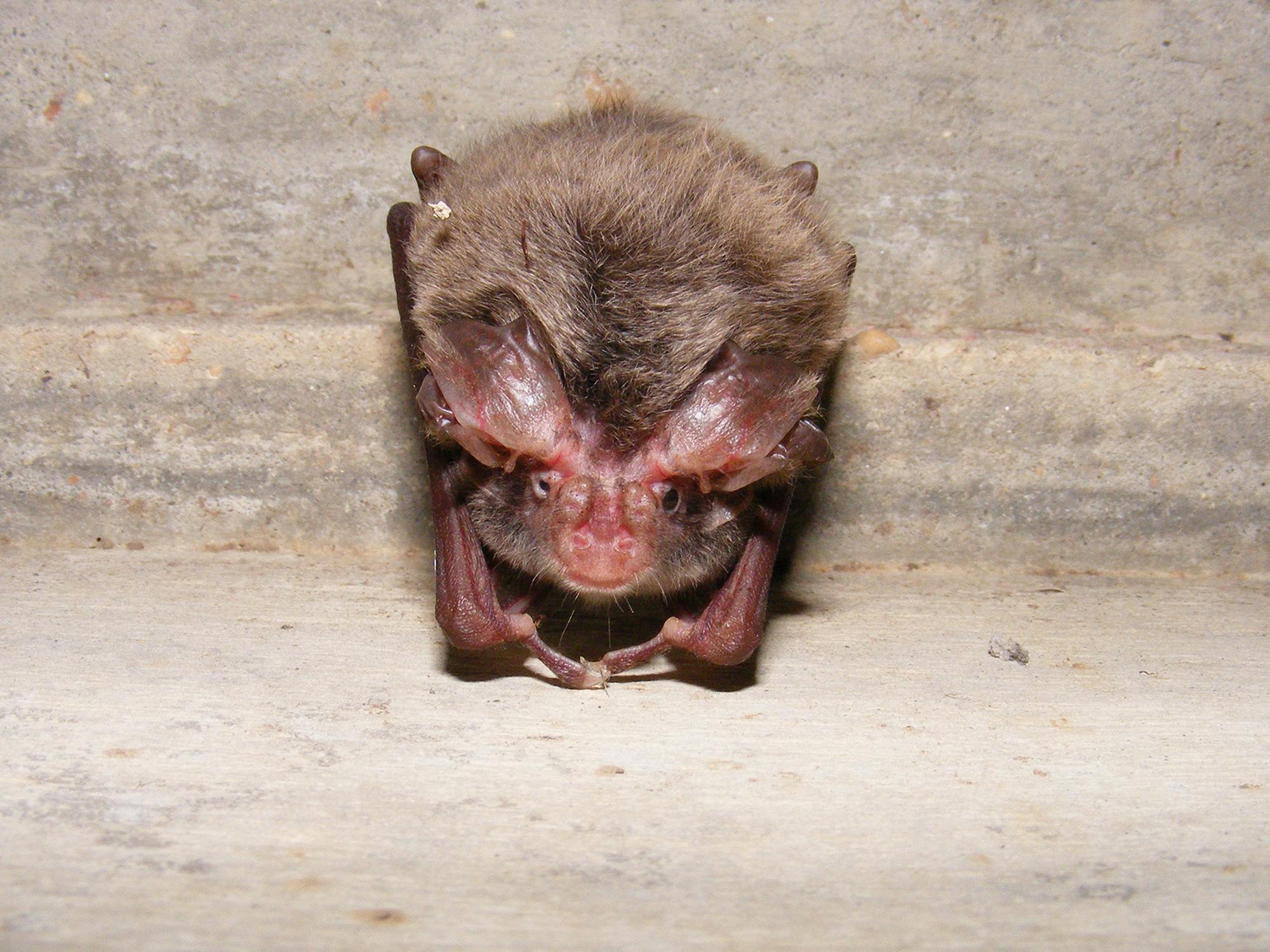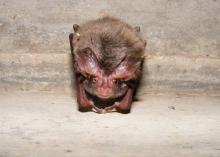Information Possibly Outdated
The information presented on this page was originally released on October 20, 2017. It may not be outdated, but please search our site for more current information. If you plan to quote or reference this information in a publication, please check with the Extension specialist or author before proceeding.
Make exteriors less friendly for insects
STARKVILLE, Miss. -- Mississippi’s climate is ideal for a wide range of insects, many of which make nuisances of themselves when they gather outside buildings.
Blake Layton, an entomologist with the Mississippi State University Extension Service, said homeowners can take steps to minimize their houses’ attractiveness to insects.
“Most of the insects that accumulate around building exteriors are attracted by lights,” Layton said. “This is especially true for night-flying insects such as midge, Mayflies, May beetles, moths and crickets. Buildings located near bodies of water are especially prone to experience heavy flights of midge and Mayflies.”
The first step is to manage exterior lighting.
“You can reduce the amount of exterior light you have, or you can reduce your light’s attractiveness to insects,” Layton said.
Limit the number of exterior lights and their intensity, measured in lumens. Reduce the amount of time lights are on using timers or motion sensors or by manually turning off the lights. Aim lights downward and shield exterior lights to avoid attracting passing insects.
Insects prefer certain colors of light, so choose yellow, incandescent “bug lights,” yellow LED lights or high-pressure sodium vapor lights.
Part of keeping insects away from the house is a matter of keeping light away from the house or building and preventing it from escaping the structure.
“Use lights mounted on poles at least 50 feet from your building, but direct that light toward entrances or other areas that require lighting,” Layton said. “This lights the building but attracts insects away from the immediate area. Also make sure curtains or blinds are closed at night, as the escaping interior light can draw insects to the window.”
A final consideration is paint color.
“When possible, select darker colors for building exteriors, which reflect less light,” Layton said.
Keeping insects away from houses and buildings does more than prevent a nuisance outdoors. These same insects can move indoors when given the opportunity.
Pat Drackett, director of the MSU Crosby Arboretum in Picayune, said mosquitoes are often a problem, but there are steps to mitigate this issue.
“Eliminate standing water in yards to prevent mosquitoes from reproducing nearby,” Drackett said.
Mosquitoes are a favorite food of bats native to Mississippi, so anything done to make an area more bat friendly can help with mosquito control.
“Bats can eat 1,000 mosquitoes a day, so consider placing bat houses on your property to encourage bats to take up residence,” Drackett said. “Locate your bat houses about 15 feet off the ground in a sunny location.”
The Crosby Arboretum has several bat houses located throughout the property, thanks to several Boy Scout and Eagle Scout projects.



